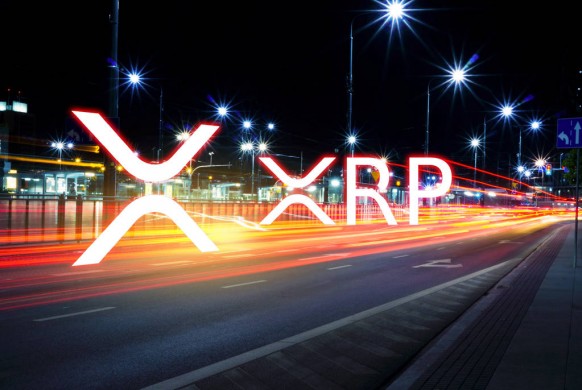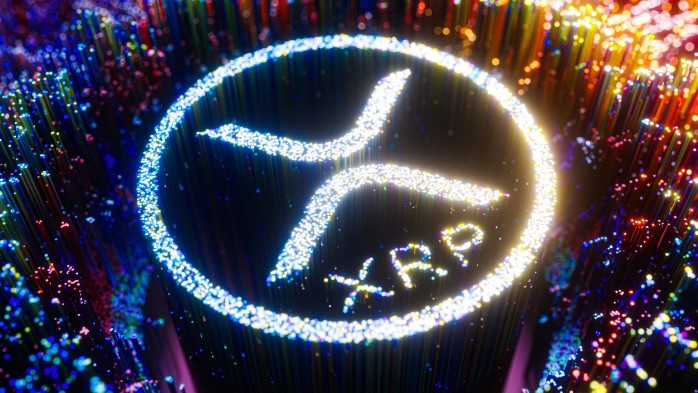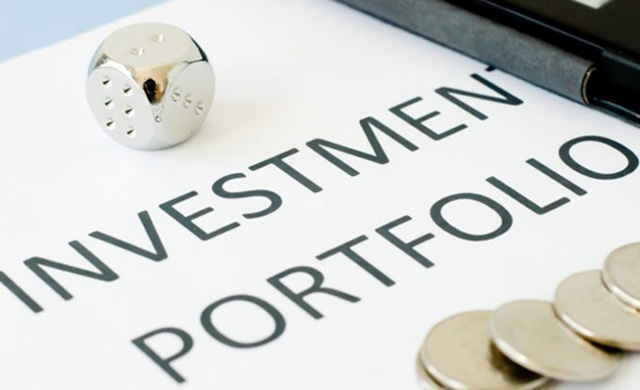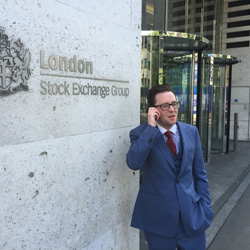In 2025, XRP remains one of the most influential cryptocurrencies in the global financial ecosystem. Designed for speed and cost-efficiency in cross-border transactions, XRP has found widespread use among banks, payment providers, and institutions. But beneath its utility lies a critical question: Who really controls XRP?The answer reveals a story of power, strategy, and evolving regulation in the crypto world.

Ripple Labs: The Central Force
At the core of XRP’s distribution is Ripple Labs, the company that created XRP and remains its largest holder. As of August 2025, Ripple controls about 42% of the total supply, primarily locked in escrow accounts. These reserves—about 36 billion XRP—are released gradually at a rate of 1 billion per month to manage liquidity and reduce market shocks.
This structure gives Ripple a centralized influence over the token’s supply, a controversial topic in the crypto space where decentralization is a core principle. Still, this level of control also ensures market stability and predictability—traits welcomed by institutional players.
The Power of the XRP Rich List
Beyond Ripple, a closer look at the top wallet addresses paints a clear picture of ownership concentration. The top 20 XRP holders control over 50% of the circulating supply. Widen the lens, and the top 100 wallets hold over 71%.
This concentration matters. It influences market liquidity, magnifies price volatility when large holders act, and raises questions about decentralization. However, it also reflects growing institutional demand, particularly through major exchanges.
Exchanges as Custodians
After Ripple Labs, the biggest XRP holders are crypto exchanges. Binance, Bithumb, and Uphold each hold more than 1.5 billion XRP, accounting for a significant share of the token’s active circulation. These assets are largely held in custody for users, reflecting growing use among traders and institutions alike.
South Korea’s exchanges, such as Upbit and Bithumb, continue to lead global XRP trading volume. At the same time, speculation is mounting around a U.S. spot XRP ETF, expected by late 2025. This has led many exchanges to bolster their XRP holdings in preparation for institutional inflows.

Source: news.bitcoin.com
Legal Clarity Unleashes Growth
Ripple’s long-standing legal battle with the U.S. Securities and Exchange Commission (SEC) finally ended in 2024. A landmark ruling clarified that XRP is not a security when traded on public exchanges, though institutional sales still fall under securities law.
The resolution unlocked new growth. With regulatory uncertainty removed, Ripple has rapidly expanded partnerships, and XRP has regained momentum as a preferred bridge asset for cross-border transactions.
On-Demand Liquidity & Real-World Use
Ripple’s On-Demand Liquidity (ODL) service has been a standout success. Financial institutions now use XRP to settle cross-border payments instantly and at a lower cost. With renewed trust post-SEC ruling, ODL adoption has surged across regions from Southeast Asia to Latin America.
XRP is no longer just a speculative asset—it’s becoming part of the plumbing of global finance.
Innovation on the XRP Ledger
Technological upgrades to the XRP Ledger (XRPL) are transforming its role beyond payments. Notable developments in 2025 include:
- Institutional DeFi: The introduction of Permissioned DEX features and Decentralized Identity (DID) standards allows compliant participation by banks and institutions.
- Asset Tokenization: New standards support tokenizing real-world assets like real estate and bonds.
- EVM-Compatible Sidechain: Developers can now deploy Ethereum-based dApps on XRPL, expanding the ecosystem.
- CBDC Integration: Central banks in multiple regions are testing the XRPL for central bank digital currencies.
- Chainlink Partnership: A strategic collaboration with Chainlink enhances cross-chain functionality and real-world data feeds.
These innovations signal XRP’s shift from a transaction tool to a full-fledged platform for institutional finance and digital asset services.
Who Holds the Real Power?
While the ledger itself may be decentralized, three main groups shape XRP’s future:
Ripple Labs – As the largest holder and core developer, Ripple drives partnerships, ecosystem growth, and technical evolution.
Validators – Over 150 independent nodes, including universities, exchanges, and developers, keep the network secure and decentralized.
Institutional Partners – Banks, asset managers, and potential ETF providers hold increasing sway as XRP becomes embedded in traditional finance.
Together, these actors define the direction of the XRP ecosystem—whether through technological upgrades, legal frameworks, or market adoption.
Final Thoughts
XRP’s ownership in 2025 reflects a careful balance: centralized control via Ripple’s escrow, major custodianship by exchanges, and rising institutional demand.
While critics question the level of centralization, others argue that this structure provides the stability and governance needed for XRP to function in global finance. With regulatory clarity, expanding use cases, and bold innovations on the XRPL, XRP is evolving from a token into a cornerstone of a next-generation financial system.
Learn from market wizards: Books to take your trading to the next

 Hot Features
Hot Features










